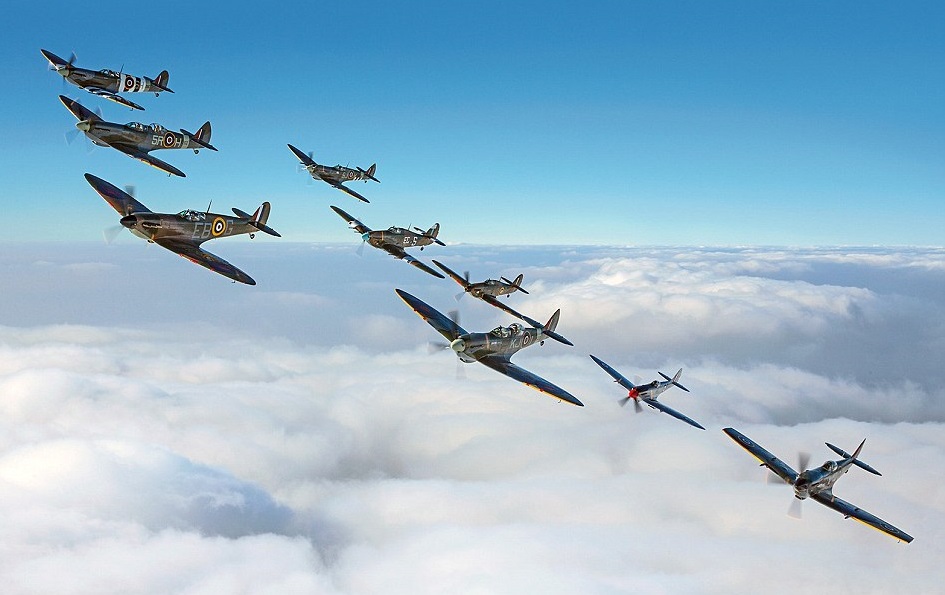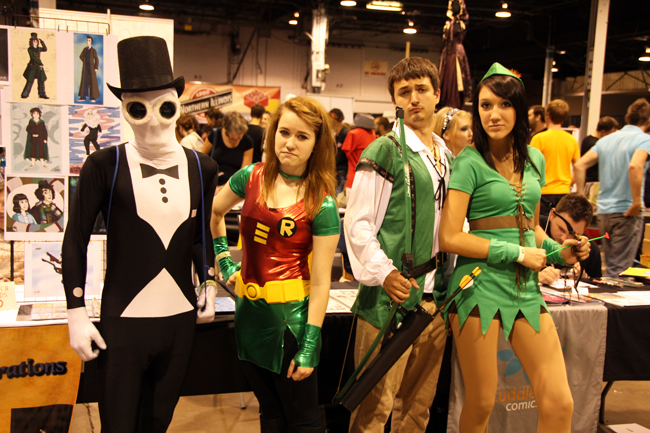I see that the U.S. Women’s Hockey team is threatening to boycott the World Championship unless they get better pay. (Hands up those who even knew there was a Women’s Hockey World Championship… thought so.)
I guess that this is as good a time as any to explain how this whole thing works, because women’s sports — or rather, the women who play professional sports — are essentially driven by Marxist principle, whereas professional sport as a whole is a creation and creature of pure capitalism.
Here’s how professional sports work.
There is a product — sporting competition — which is driven by one word: quality. The better the people who play the sport and the keener the competition, the better the reward, be it championship honors, financial reward, whatever.
Men watch sports all the time, because they are competitive by nature. Women hardly ever watch sport unless it’s not a sport (e.g. Olympic ice dancing, synchronized swimming or gymnastic dancing, i.e. events which have “style points” awarded instead of scoring goals and such). But in the main, the audience for sporting events is comprised of men. Men are competitive, men want to see goals, and baskets, and home runs, and touchdowns. Style is unimportant unless there’s a goal at the end. This is why men don’t watch Olympic ice dancing, synchronized swimming or gymnastic dancing (i.e. events which are won by “style points” instead of goals), unless they’re watching it with their wives / girlfriends. (Ditto women who go to football matches — it’s mostly with their menfolk, otherwise they’d rather have lunch with their friends. Trust me on this.)
Summary: the higher the quality of play, the greater the support. In English football (soccer) terms, there’s a reason why Manchester United plays to crowds of over 75,000 per match, while lower-division Accrington Stanley struggles to fill its stadium of 5,000 each week — and the Man U players earn more each than the total salary of Accrington Stanley’s entire team.
But let me illustrate the whole concept rather with, say tennis. Tennis at Wimbledon, which is generally accepted as the world championship of tennis.
Many years ago, female tennis players like Billie Jean Moffitt (later King) complained that although they practiced as hard as the men, and won their Wimbledon titles just like men did, the tenisettes didn’t get anything like the reward money (purses) that men did. Because this argument took place in socialist Britain, it made all the sense in the world, so women’s purses were increased.
Except, of course, that the argument not only made no sense at all, its acceptance was a de facto acknowledgement of Marxist principle. How so?
Marxism posits that the “worker” works as hard as the “owner”, and therefore deserves if not exactly equal, then at least commensurate reward. We see this all the time, where “input” is as important as “output”. Except it isn’t. One of the precepts of capitalism, as we all know, is that it doesn’t matter how hard you work; all that matters are the results. What counts in the end is the quality of the product, and not the amount of work put into the product. The quality of the product is what sells, and that’s what results in profits for the producer. (Remember this, because it’s important. Really important.) I’m not even going to get involved in a discussion of the relative value of a worker’s time (where the job is simple, and where the worker can simply be replaced by another worker), and that of his employer (whose work is infinitely more complex, more difficult, and who is not that easily replaced). Nine hours’ work by a worker produces, say, a single product; nine hours’ work by the employer produces a marketing campaign, a sales effort, financing of the entire enterprise, product improvement / redesign initiatives… you get the idea.
So: back to tennis. What gets people (mostly men) to watch Wimbledon tennis is the quality of the competition. If the top 50 male tennis players didn’t play, TV ratings would plummet (ask any NFL team owner how his attendance fared with replacement players during the players’ strikes of 1982 and 1987).
Now let’s compare the relative quality of men’s tennis and women’s tennis. Actually, let’s not, because there is no comparison. Women play best-of-three sets, men play best-of-five, so men’s matches last longer, and attract more viewers in consequence. The quality of the actual play (men vs. women) is also not comparable: female tennis star Serena Williams was soundly beaten in a recent challenge match by the men’s 200th-ranked player, some unknown German guy who reportedly was hung over, had a huge meal and some booze beforehand, didn’t bother to warm up and yet still killed Serena stone dead on the court. It doesn’t matter how hard a female tennis player practices, or how fit she is, or even how much she wants to win (another red herring argument); not one stands a chance against a Federer, Djokovic or Murray. Game, set and match.
So if the quality isn’t there, men aren’t interested. (I would suggest, cynically, that if Wimbledon wanted more men to watch women’s tennis, they’d make the women play topless or naked, but no doubt some feministical would have a problem with my suggestion. And furthermore I’m told that a large proportion of the female players are lesbians, ergo unattractive to men anyway.)
And yet despite all this, women want, nay demand equal pay to men, even though the product they produce is of demonstrably lower quality, which translates into lower TV ratings — and lest we forget, it’s the spectators who drive the sports business, whether they’re actually in the stadium or, more importantly, watching the match on TV. (By the way, I’m aware that many women attend the Wimbledon tournament itself, but let’s be honest, it’s the occasion which draws them, not the competition, or else they’re simply accompanying their menfolk. The Wimbledon occasion, like the Olympics, attracts many spectators who otherwise don’t watch any other matches throughout the year. Seen the TV ratings for Men’s or Women’s Super G World Championships this year? Nobody has.)
And yes, there actually is a “wage gap” (another Marxist principle, by the way) between men’s and women’s sports in general, because men (who are, one more time, the main financial supporters of all sports) happen to prefer things like rewards for quality and don’t agree with participation trophies.
So the silly American women who want to boycott the Women’s Hockey World Championship are not only sticking it to themselves, they’re going to stick it to women’s hockey in general, because without the U.S. team, nobody in the United States will watch the tournament, and in the end, without U.S. viewers and support, women’s hockey may go the way of women’s professional squash. (Yeah, I hadn’t heard of that either.)
There’s a term for this kind of behavior (other than childish petulance): what is it? Oh yeah, it’s self-destructively stupid. I was going to call them dumb broads, but apparently one can’t call chicks “broads” anymore. Another sign of the impending apocalypse.


























